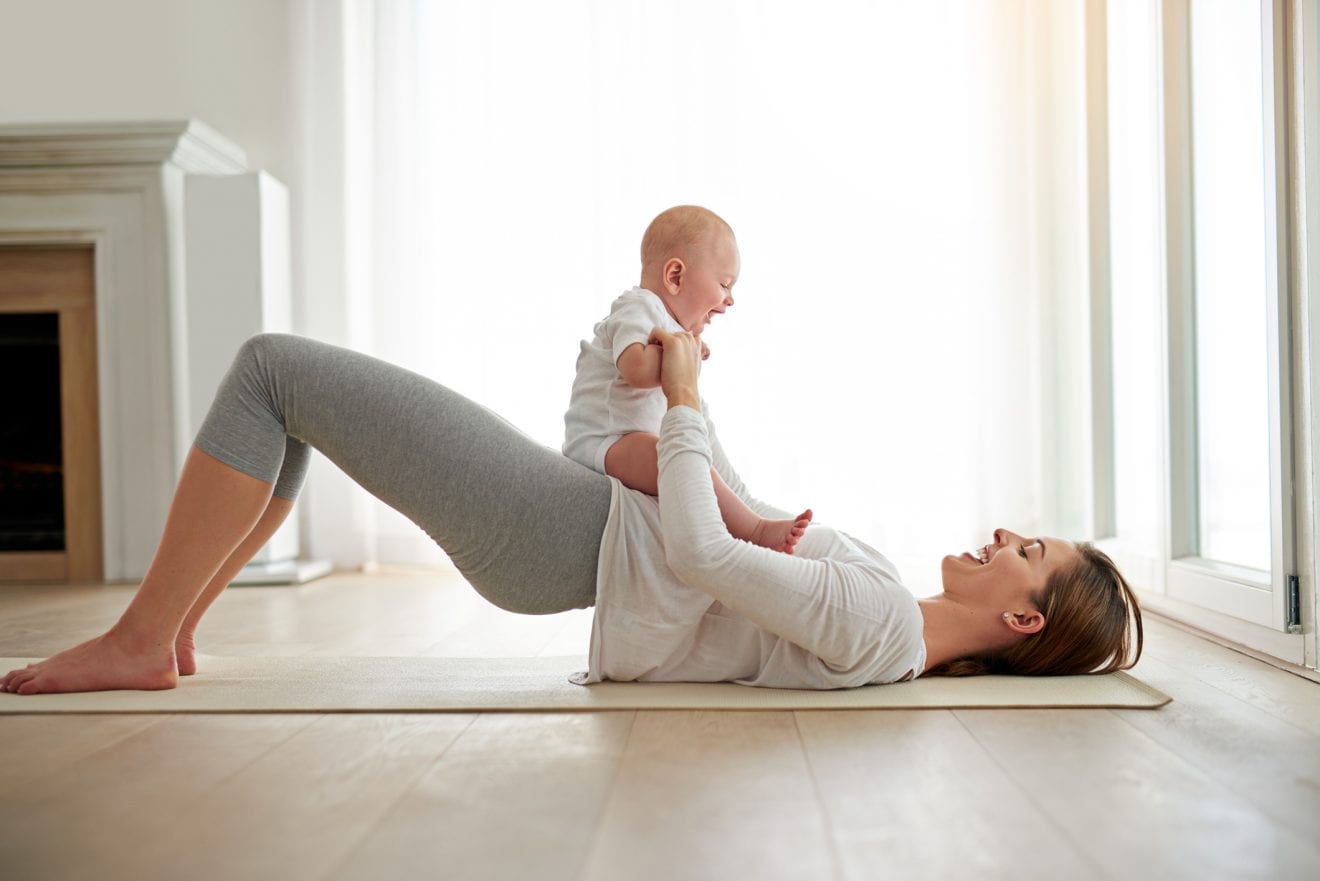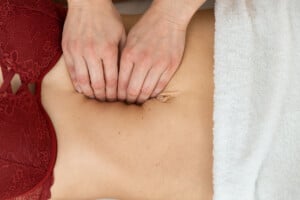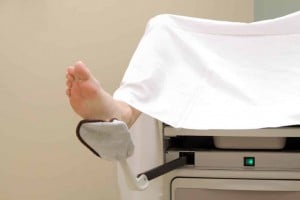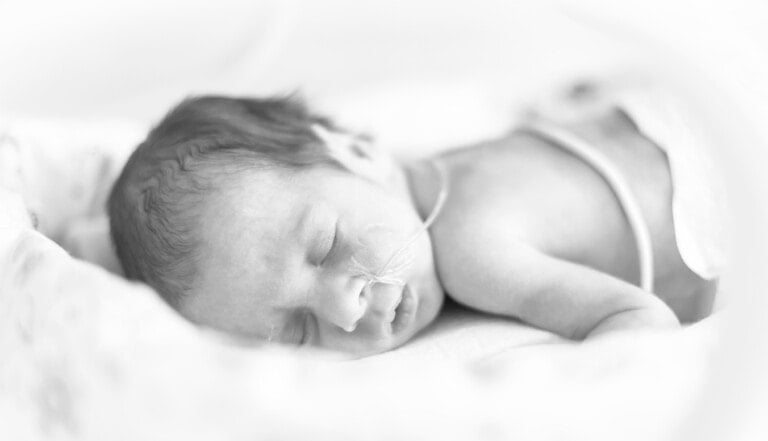Although a Cesarean delivery (also known as a C-section) has become a common surgical procedure, it is still considered a major surgery, which means that you need time to recover. In most cases, moms who have undergone a C-section do not need complete bed rest. Most doctors agree that a gentle post-C-section workout regimen can help you heal faster and prevent complications. However, some new mothers are advised to limit their daily exercise to just walking for the first 6-8 weeks, after which they can start regular recovery workout sessions.
Before starting any workout regimen, go for a post-delivery checkup to discuss your recovery with your care provider. Every woman’s recovery is different, so getting workout clearance from your doctor or midwife is critical. Once you have been given the green light, here are a few gentle exercises that you can do for your C-section recovery workouts.
5 At-Home Exercises to Do After a C-Section
1. Diaphragmatic Breathing
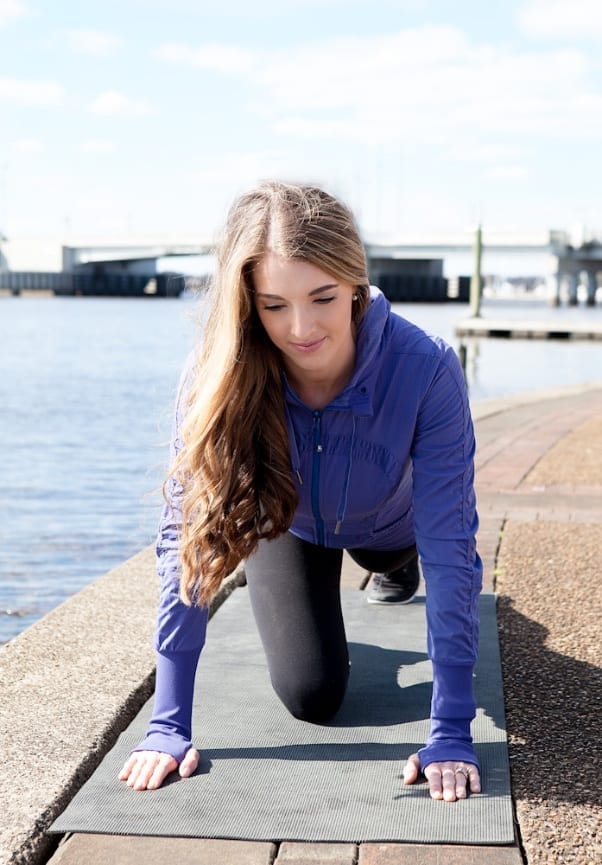
Diaphragmatic breathing or deep breathing is the easiest exercise since it requires you just to breathe and nothing else! This exercise helps to lower cortisol (the ‘stress hormone’) levels. It improves mental focus, making it ideal for new mothers. You can end your daily workouts with diaphragmatic breathing, which will also help you cool down after your routine.
2. Planks
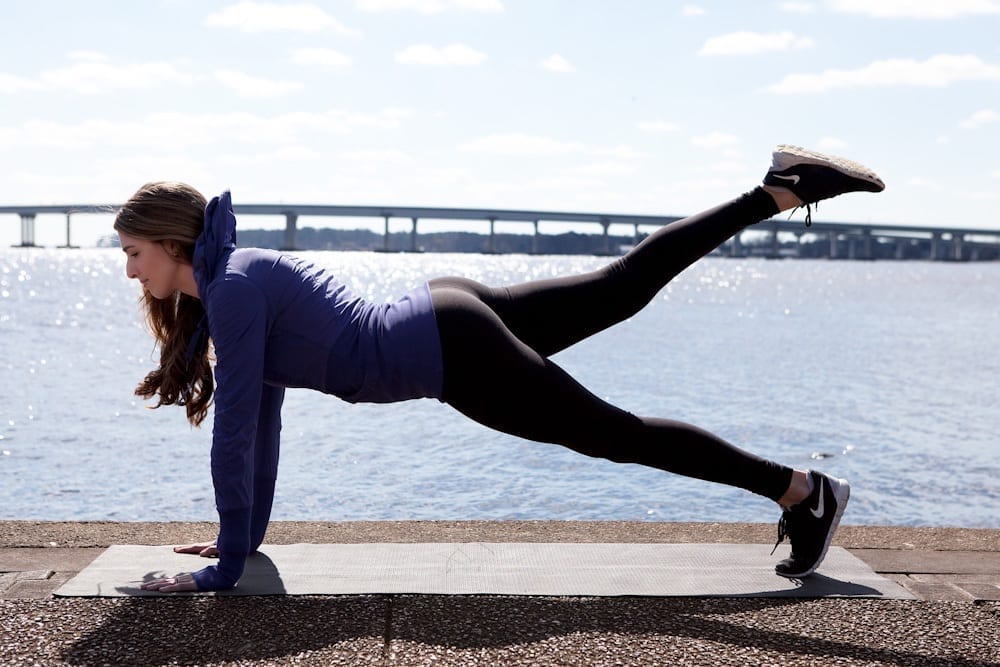
Depending on the strength of your core and if you developed Diastasis Recti during pregnancy, planks could be one of the best exercises after a C-section as they strengthen all the major core muscles, including your abs, obliques, and lower back. Planks also help to improve posture and prevent back pain, which is a common post-pregnancy issue. Start with half planks (with your knees bent) and then move to full planks (with your legs straight). This gives your muscles the time they require to recover gradually.
3. Bridge
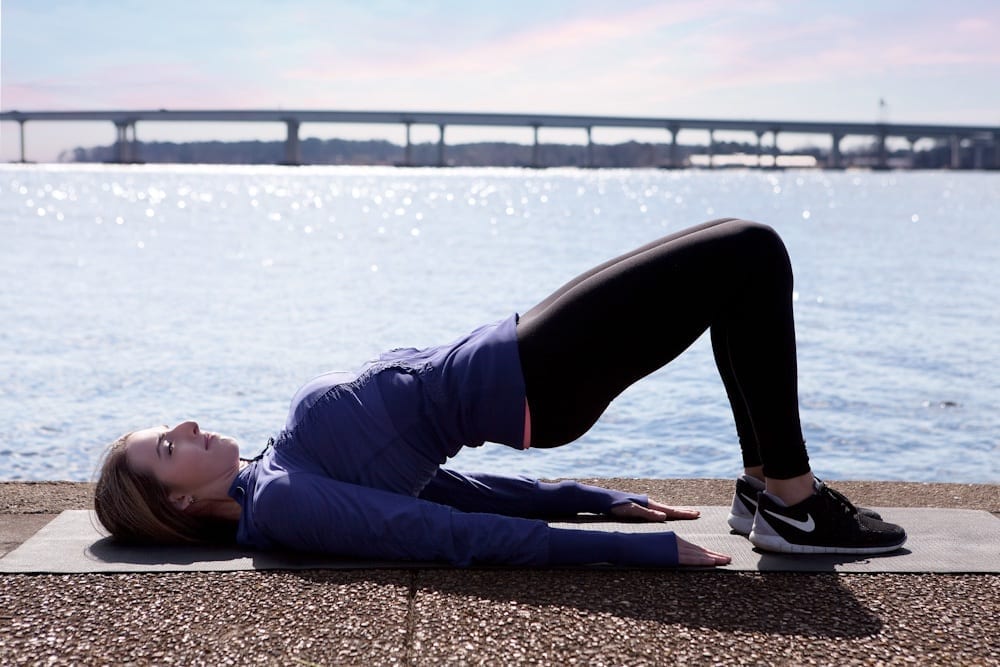
The bridge exercise activates, tones, and strengthens the core and the lower back. These benefits are excellent for women who have undergone a C-section. The bridge offers many of the benefits of squats but without placing pressure on the lower back. There are several variations of the bridge exercise but stick to the basic form. Avoid weighted bridges and single-leg bridges, as these can be too taxing on your abs.
4. Wall Sit
The wall sit exercise is a full-body isometric exercise, which means that it is done in a static position and does not require you to go through a range of motion. This exercise helps strengthen your hamstrings and pelvic floor muscles, which is why they are good exercises for new moms. Integrate this exercise into your workout session by doing just 3-5 reps in the beginning. You can increase it slowly but only do as many as you can with good form.
5. Pelvic Tilt
The pelvic tilt is a simple and easy exercise that engages and strengthens the abs and relieves lower back tension. This exercise also strengthens the muscles of the lower back and the sacroiliac joints, which is why doctors often recommend them for new mothers. If you did not exercise regularly before and during pregnancy, do your pelvic tilts in the supine position, as this is the best variation for beginners.
Exercising After a C-Section: Dos and Don’ts
If you’re ready to begin a workout post-C-section, here are a few things to keep in mind:
Don’t Push Yourself Too Hard.
You may be used to running marathons and lifting weights, but if you’ve had a C-section, you need to be careful of how hard you push yourself. It will take a while for you to get back to your regular exercise routine, so be patient and give yourself time to recover. Stick with a simple fitness routine and avoid strenuous exercises, especially running, weight lifting, and crunches, as these will put undue stress on your abdominal muscles.
Do Be Consistent
One of the most important aspects of any post-pregnancy weight loss plan is consistency, and this is even more important if you’ve had a C-section. Instead of trying to force yourself to your limits at one go, start slow and then slowly increase the duration and intensity of your workouts. Create a convenient and straightforward post-pregnancy workout plan that is easy for you to stick to daily.
Don’t Forget Nutrition.
A workout plan alone is not enough to help you lose weight and get fit. You should also follow a healthy and well-balanced diet. Avoid restrictive diets as these could harm you as well as your baby. Discuss all diet and exercise plans with your doctor, and if you experience any pain or dizziness during your workout session, stop immediately and inform your doctor about your symptoms. Don’t overwhelm yourself, as this is a surefire way to set yourself up for failure.
Keep making small lifestyle changes to help you lose your baby weight and keep it off for good.

